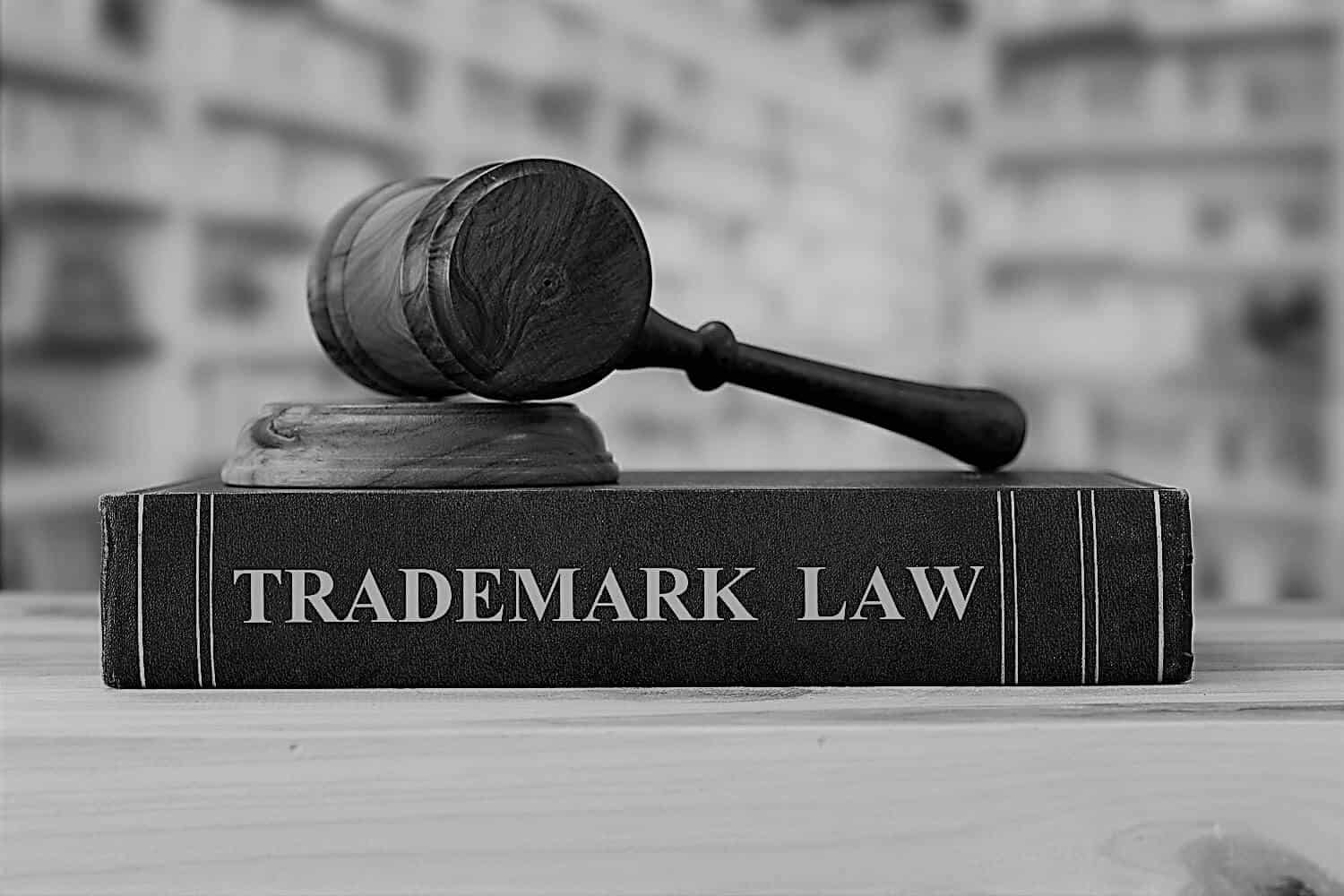Do you have a registered trademark that has been infringement? Do you suspect someone of illegally using your registered trademark? Look no further, here is all you need to know about trademark infringement.
What is a Trademark?
A trademark is a way of identifying some product or service in a way that makes it uniquely different from similar products and services. Commonly, when people hear the word ‘trademark’, many think of a ‘logo’. However, a trademark can be so much more than just a unique logo. A trademark could be any, or a combination, of the following:
- letters,
- numbers,
- words,
- phrases,
- pictures,
- sounds,
- smells,
- shapes,
- logos, and,
- certain aspects of packaging.
For more information on trademarks, see our article “Why Should I Trademark?“.
Example
Some well-known trademarks include:
- Coco-Cola bottle shape,
- The Nike ‘swoosh’ logo,
- The Apple logo.
Do I need to register my trademark for trademark infringement protection?
In short – yes.
If you have created a logo, aspect of your packaging or your product has a unique shape, i.e. the CoCo-Cola bottle, it is always best to register your trademark. Basically, trademark registration is a type of brand protection. Furthermore, registering a trademark grants the trademark owner the exclusive right to use the trademark how they wish. Also, registering your trademark is a great way to put others on notice to respect your trademark. Most importantly, registering your trademark allows you to protect your trademark against trademark infringement under the Trade Marks Act 1995 (Cth). In other words, an action for trademark infringement can only arise if you hold a registered trademark. If you would like to register your trademark, one of our experts can help you.
My trademark is unregistered, can I still take action for trademark infringement?
If someone uses your unregistered trademark as their own, you will still be able to take action against them. This action is called “passing off“. Therefore, even if your trademark is unregistered, you may still be able to obtain legal action for your trademarks alleged infringement. To learn more about passing off, see our article “What is Passing Off?“.
How do I prove Trademark infringement?
Trademark infringement is the unauthorised or illegal use of a registered trademark. However, the right to take action against someone for alleged trademark infringement comes from section 120 of the Trade Marks Act 1995 (Cth). If you wish to take legal action against an alleged infringement, you must prove the following elements:
(1) That your trademark is registered:
The trademark in question must be a registered trademark.
(2) That the infringing trademark is “substantially identical or deceptively similar” to your registered trademark:
This stage involves a close examination of the infringing trademark and registered trademark. The purpose of this examination is to evaluate how the trademarks are similar or dissimilar. It is important to note that you can only choose one category. The infringing trademark is either substantially identical, or the infringing trademark is deceptively similar.
For substantially identical:
To be successful in proving ‘substantially identical’, you must show that the infringer has copied the whole or substantial part of your registered trademark. This involves a side-by-side comparison of the infringing trademark and registered trademark.
For deceptively similar:
To successful prove ‘deceptively similar’ it must be shown that a person, of ordinary intelligence and memory, would experience the same impression upon recalling both trademarks. In this context, impression relates to memory regarding the trademarks features. This means that you must determine what impression a person will have when:
- Recalling the registered trademark,
- Compared to recalling the infringing trademark.
If the impressions are the same, it is possible that the infringing trademark may be deceptively similar to your registered trademark.
(3) The infringement trademark is being used on identical or similar goods and/or services for which your trademark is registered:
To determine whether the infringing trademark has been used for identical or similar goods, consideration must be taken of the following:
- The origins, purpose, nature and characteristics of the goods/services
- Whether the goods/services are usually provided by one business or person,
- Whether the goods/services are provided by the same sources, in the same area or district, in relation to the same or similar goods/services,
- Are the goods/services regarded as the same by those who provide them?
Key Takeaways
Enforcing your right against trademark infringement is an important tool for many trademark owners. It is always important to remember that action against trademark infringement is only available to trademark owners with a registered trademark. Alternatively, if your trademark is unregistered, you may have action in the law of “passing off”. At times, establishing whether trademark infringement has occurred is complex. Other times, it can be simple. It all depends on the circumstances of your case.




